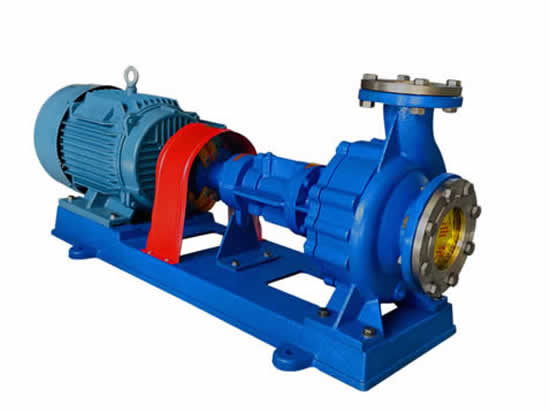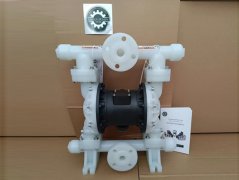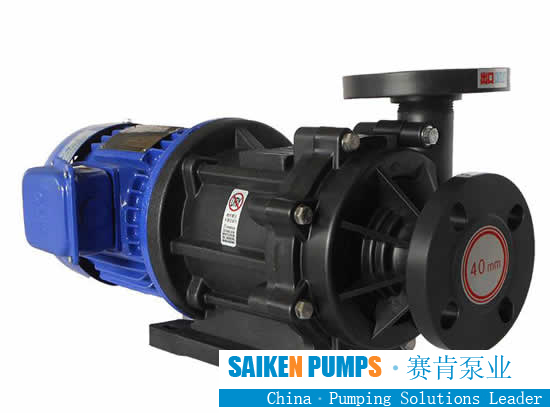The key of the magnetic pump is composed of pump body, impeller, isolation sleeve, inner magnetic rotor, outer magnetic steel and motor. The design scheme of mechanical seal was cancelled. When the motor drives the outer magnetic steel to rotate after the motor is started, the inner magnetic rotor in the impeller will also rotate synchronously and block the liquid in the isolation sleeve, so as to achieve the goal of leak-free liquid delivery. However, magnetic pumps need to be careful not to work idling. Due to the characteristics of no mechanical seal, no leakage, and less bubbles, the magnetic pump is especially suitable for the transportation and circulation of corrosive media such as chemical toxic liquids and sulfuric acid. Commonly used in electroplating, painting, surface treatment and other processes, such as spraying, oxidation, fine chemicals, etc.
Second, the classification of magnetic pumps
According to the material classification, magnetic pumps can be divided into: PP (polypropylene) engineering plastic magnetic pumps, PVDF (polyvinylidene fluoride) plastic magnetic pumps, ultra-high molecular weight polyethylene (UHMW-PE), F46 fluorine-lined magnetic pumps and stainless steel magnetic pumps .
2. The use of magnetic pumps can be classified into circulating magnetic pumps, high temperature magnetic pumps, self-priming magnetic pumps, corrosion-resistant magnetic pumps and sewage magnetic pumps.
Three, the application field of Magnetic drive pump
1. Chemical industry: sodium carbonate chemical industry, fertilizer, oil extraction (sulfuric acid); waste acid recovery and strong acid transportation between chemical plants and transportation vehicles.
2. Pharmaceutical industry: producing semiconductor luminescent chemicals, medicines and water treatment chemicals.
3. Electroplating manufacturing industry: electroplating liquid medium filtered by circulation system.
4. In the semiconductor production process, the etching process of the circuit board and the transportation of high-purity chemical liquids.
5. Metal industry: alumina film processing equipment, steel wire drawing, degreasing, pickling, degreasing before coating, pickling, titanium oxide production, etc.





 +8617731766260/18233754501
+8617731766260/18233754501  fan@saikenpumps.com
fan@saikenpumps.com










 +8617731766260/18233754501
+8617731766260/18233754501 +86-317-8227664
+86-317-8227664
 +8618233754501
+8618233754501